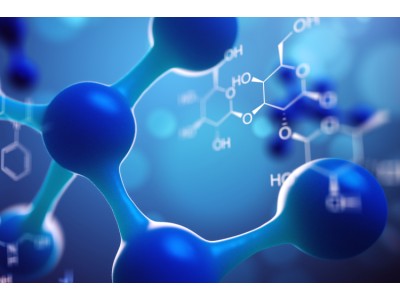| Bioactivity | Cletoquine (Desethylhydroxychloroquine) is a major active metabolite of Hydroxychloroquine. Cletoquine is produced in the liver by CYP2D6, CYP3A4, CYP3A5, and CYP2C8 isoenzymes. Cletoquine is also a Chloroquine derivative and has the ability to against the chikungunya virus (CHIKV). Cletoquine has antimalarial effects and has the potential for autoimmune diseases treatment[1][2]. |
| Target | Chikungunya virus (CHIKV) |
| In Vivo | Hydroxychloroquine (5 mg/kg intravenously) is administered to BALB/c mice for blood and tissue to determine the content of Cletoquine (Desethylhydroxychloroquine). The tissue to blood concentration ratio (Kp) is ≥1, indicating accumulation of Cletoquine in tissues. The Cletoquine Kp ratio for the various tissues are observed in the descending order of liver (114.3)>kidney (24.4)>spleen (19.3)>lungs (16.5)>heart (5.5)[3]. |
| Name | Cletoquine |
| CAS | 4298-15-1 |
| Formula | C16H22ClN3O |
| Molar Mass | 307.82 |
| Transport | Room temperature in continental US; may vary elsewhere. |
| Storage | Please store the product under the recommended conditions in the Certificate of Analysis. |
| Reference | [1]. Kumar M, et al. Molecular docking studies of chloroquine and its derivatives against P23pro-zbd domain of chikungunya virus: Implication in designing of novel therapeutic strategies. J Cell Biochem. 2019 Oct;120(10):18298-18308. [2]. Charlier B, et al. Development of a novel ion-pairing HPLC-FL method for the separation and quantification of hydroxychloroquine and its metabolites in whole blood. Biomed Chromatogr. 2018 Aug;32(8):e4258. [3]. Chhonker YS, et al. Simultaneous quantitation of hydroxychloroquine and its metabolites in mouse blood and tissues using LC-ESI-MS/MS: An application for pharmacokinetic studies. J Chromatogr B Analyt Technol Biomed Life Sci. 2018 Jan 1;1072:320-327. |

Cletoquine
CAS: 4298-15-1 F: C16H22ClN3O W: 307.82
Cletoquine (Desethylhydroxychloroquine) is a major active metabolite of Hydroxychloroquine. Cletoquine is produced in th
Sales Email:peptidedb@qq.com
This product is for research use only, not for human use. We do not sell to patients.